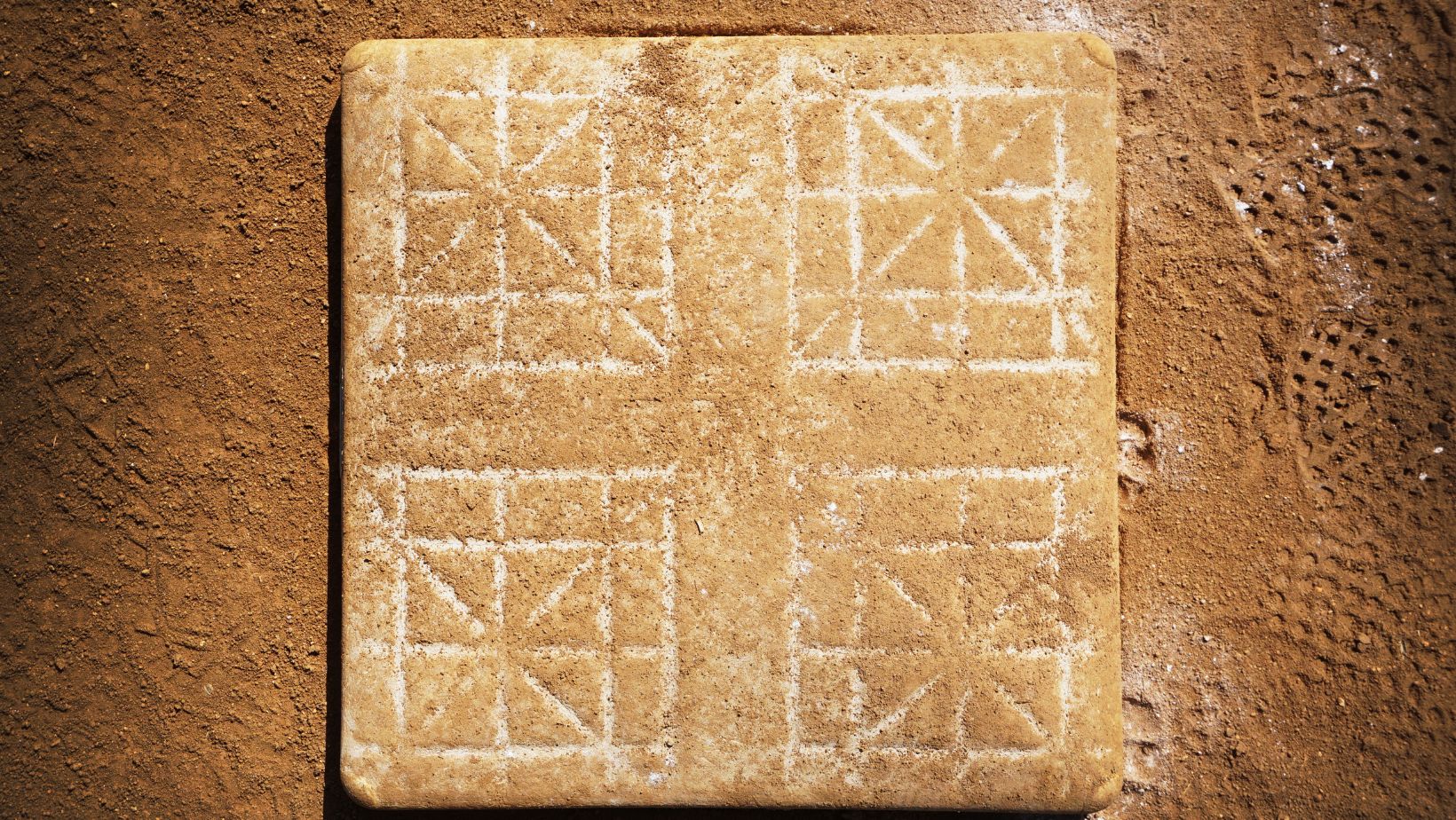“
Key Takeaways
-
- Essential Role of Piers: Mobile home pier foundations provide vital support, stability, drainage, and ventilation, contributing to the home’s longevity and safety.
-
- Types of Piers: Different pier materials—concrete, steel, and wood—each offer unique benefits, such as durability, adjustability, and cost-effectiveness, making it essential to choose the suitable type based on environmental conditions.
-
- Critical Installation Steps: Proper site preparation and specific installation techniques for different pier types are crucial for ensuring a level and stable foundation.
-
- Regular Maintenance: Conducting biannual inspections of piers and surrounding areas helps identify potential issues early, thus enhancing the foundation’s stability and lifespan.
-
- Damage Identification: Recognizing signs of damage, such as cracks, rust, and structural shifts, allows for timely interventions, preserving the integrity of the mobile home foundation.
Mobile home piers foundations play a crucial role in the stability and longevity of manufactured homes. These foundational structures support the weight of the home while allowing for proper drainage and ventilation, which are vital for preventing moisture-related issues. Understanding the importance of a well-constructed pier foundation can make all the difference in ensuring a safe and comfortable living environment.
As more people turn to mobile homes for affordable housing solutions, it’s essential to grasp the nuances of different foundation types. Piers offer unique advantages, from cost-effectiveness to adaptability in various terrains. This article will explore the benefits, installation processes, and maintenance tips associated with mobile home pier foundations, helping homeowners make informed decisions for their living spaces.
Overview of Mobile Home Piers Foundations
Mobile home pier foundations consist of concrete blocks or piers that raise the structure off the ground. These foundations provide critical support for mobile homes, distributing the home’s weight evenly while promoting stability.
Mobile home pier foundations offer several advantages. They allow for proper drainage, minimizing water accumulation around the home, and they provide ventilation, which helps prevent moisture buildup. Materials used for piers, such as concrete or treated wood, resist decay and degradation.
Installation of pier foundations involves placing piers at specific intervals based on the mobile home’s design and local building codes. It’s essential to ensure that the piers are level and securely anchored to provide optimal support.
Maintenance of mobile home piers foundations centers on regular inspections. Homeowners should check for signs of settling, erosion, or damage to the piers. Addressing these issues promptly enhances the foundation’s lifespan and ensures lasting stability for the home.
Types of Mobile Home Piers
Different types of piers serve as foundations for mobile homes, each offering unique advantages and suited for various environmental conditions. Understanding these types aids in selecting the most appropriate option.
Concrete Piers
Concrete piers consist of solid concrete blocks or poured concrete structures. These piers offer excellent durability and stability, making them ideal for homes in areas prone to severe weather. They resist moisture and erosion, providing a long-lasting foundation. Installation requires careful placement based on the home’s specifications and local building codes, ensuring weight distribution remains balanced.
Steel Piers
Steel piers utilize galvanized steel to create a robust support system for mobile homes. They are resistant to rust and corrosion, enabling them to function effectively in moisture-rich environments. Steel piers are adjustable, allowing for easy leveling and accommodating changes in soil conditions over time. This adaptability can enhance the longevity and stability of the mobile home foundation.
Wood Piers
Wood piers consist of treated lumber designed to lift the mobile home above ground level. While they are more susceptible to decay and insect damage than concrete or steel, proper treatment can extend their lifespan. Wood piers provide a cost-effective solution for regions with stable soil and limited moisture exposure. Regular maintenance, including inspections and sealants, is essential to ensure the integrity of wood piers over time.
Importance of Proper Foundation
A proper foundation is critical for the performance and stability of mobile homes. It plays a vital role in preventing structural issues that could arise from improper support.
Stability and Safety
Stability ensures the safety of mobile homes by distributing weight evenly across the foundation. Piers should be installed according to specific spacing guidelines to prevent shifting or settling. Well-placed piers resist the forces of wind and seismic activity, reducing risks during storms or earthquakes. Secure anchoring prevents movement, maintaining the structure’s integrity under various conditions.
Longevity of the Mobile Home
Longevity relies on the foundation’s ability to protect against moisture and pests. Adequate spacing allows for drainage, decreasing the likelihood of rot or mold, which can compromise the home’s lifespan. Regular inspections identify potential issues early, promoting timely repairs that enhance durability. Choosing the right type of pier, such as concrete or steel, further contributes to the long-term stability of the mobile home.
Installation Process
The installation process for mobile home pier foundations involves several critical steps to ensure stability and longevity. Careful planning and execution minimize risks and promote effective support for the home.
Site Preparation
Site preparation is a crucial first step in the installation process. Clearing the area of debris, rocks, and vegetation ensures proper drainage and prevents moisture buildup. Leveling the ground helps create a stable base for pier placement. After clearing, marking the layout is necessary, which includes identifying where each pier or block will sit based on the home’s specifications and local building codes. Proper site preparation contributes to an effective foundation that supports the home securely.
Pier Installation Techniques
Pier installation techniques vary based on the type of pier used but generally follow similar principles.
-
- Concrete Piers – Digging holes to the specified depth is vital for concrete piers. The holes must be filled with concrete and allowed to cure fully before placing the home. This method ensures a solid and stable foundation.
-
- Steel Piers – Using a hydraulic jack, installers insert steel piers into the ground. These piers adjust for height, making them suitable for uneven terrain. The adjustment process ensures a level surface for the home.
-
- Wood Piers – Installing wood piers involves placing treated lumber in excavated holes, which may then be filled with concrete for additional support. Proper elevation ensures adequate air circulation beneath the home.
Each technique emphasizes proper alignment, leveling, and anchoring to minimize movement and shifting over time. These methods collectively enhance the stability and integrity of the mobile home foundation.
Maintenance and Inspection
Regular maintenance and inspection of mobile home pier foundations ensure stability and enhance their lifespan. These practices prevent minor issues from escalating into major structural problems.
Regular Checks
Regular checks involve assessing the condition of the piers and surrounding areas. Inspect piers at least twice a year, focusing on their alignment and levelness. Verify that no debris obstructs drainage pathways, as proper drainage prevents moisture accumulation. Ensure that all visible components, such as footing and anchors, remain intact and secure. Examine the ground beneath and around the piers for signs of erosion or settling. Identify and address any vegetation growth near the foundation, as roots can negatively impact pier integrity.
Signs of Damage
Signs of damage can indicate underlying issues that require immediate attention. Look for cracks in the piers or settling, which may suggest inadequate support. Inspect for rust on steel piers and decay on wooden piers. Notice any shifts in the home’s structure, such as doors and windows that do not open or close properly. Check for uneven floors, which may point to foundational problems. Additionally, observe any water pooling around the foundation, as this can suggest drainage issues. Promptly addressing these signs helps maintain the foundation’s strength and ensures the home remains stable.
Conclusion
Mobile home pier foundations play a crucial role in ensuring the stability and longevity of manufactured homes. By selecting the right type of pier and following proper installation techniques, homeowners can significantly enhance their home’s resilience against environmental challenges. Regular inspections and maintenance are vital in identifying potential issues early, ensuring that the foundation remains strong and secure over time. With the right care, mobile home pier foundations can provide lasting support, making them an essential investment for any mobile home owner.
“

 Fantasy Sports 777 stands out due to its compelling features that enhance user engagement and promote a seamless gaming experience.
Fantasy Sports 777 stands out due to its compelling features that enhance user engagement and promote a seamless gaming experience.